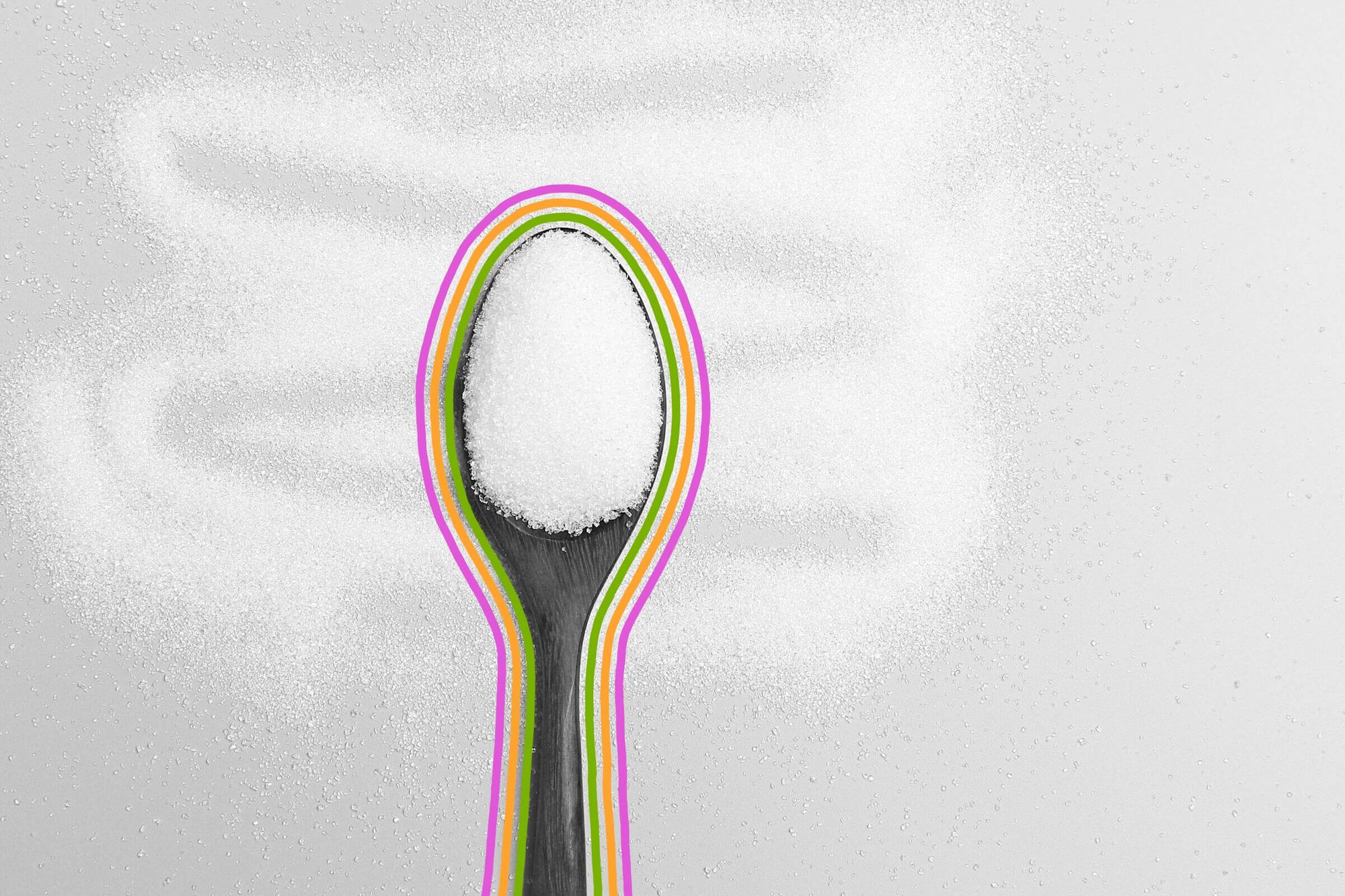
Turkey makes a kind of ice cream that doesn't melt.
Globe-trotters who spend time in Turkey can find many ways to indulge their taste buds: rich and foamy coffees, juicy kebabs, and crispy baklava filled with nuts and honey. Then there’s dondurma, or what some call Turkish ice cream, a warm-weather delight that’s served in a cone but has one not-so-frosty feature: It doesn’t melt.
Like most ice cream, dondurma is a dairy-based confection, in this case made from goat milk and sweetened with sugar. However, it has two additional ingredients that give the dessert its unique texture and anti-melting properties: salep and mastic, both harvested from plants native to Turkey. Salep is a type of flour made from the bulbs of wild purple orchids that grow throughout the country; it’s also used in a hot and milky regional drink that goes by the same name. The powder gives dondurma its thickness and helps keep it from melting. The second ingredient, mastic, is a natural resin extracted from the region’s mastic trees and has long been used as chewing gum. The thick and heat-resistant substance looks like sap and has a light cedar flavor. It also gives dondurma its chewy texture.
Unlike other ice cream, dondurma isn’t churned, and is instead created more like taffy. Stretching and beating the ingredients together over and over again — much like kneading dough to activate stretchy wheat gluten — gives the ice cream its elasticity. Although it can’t melt, dondurma is still kept frozen, then scooped into cones or bowls as a summertime snack — a recipe that’s been satisfying sweet tooths for possibly 500 years.
“Brain freeze” is much easier to pronounce than “sphenopalatine ganglioneuralgia,” the term scientists use to describe the uncomfortable and sudden headache caused by eating cold foods and drinks too quickly. Brain freezes aren’t at all life-threatening, though it’s not entirely clear why they happen — the working theory is that sudden cold sensations cause the blood vessels in our mouths and throats to momentarily narrow and constrict blood flow. When the vessels quickly re-widen, the fluctuation triggers pain receptors in the face and head. Some scientists believe the pain is one way our brain protects itself, warning us to stop what we’re doing to keep a continuous supply of blood and oxygen going at all times. However, not everyone experiences this sensation, and researchers aren’t sure why; studies show that less than half of people get brain freezes, though people who are prone to migraines are more likely to experience the unpleasant response.

